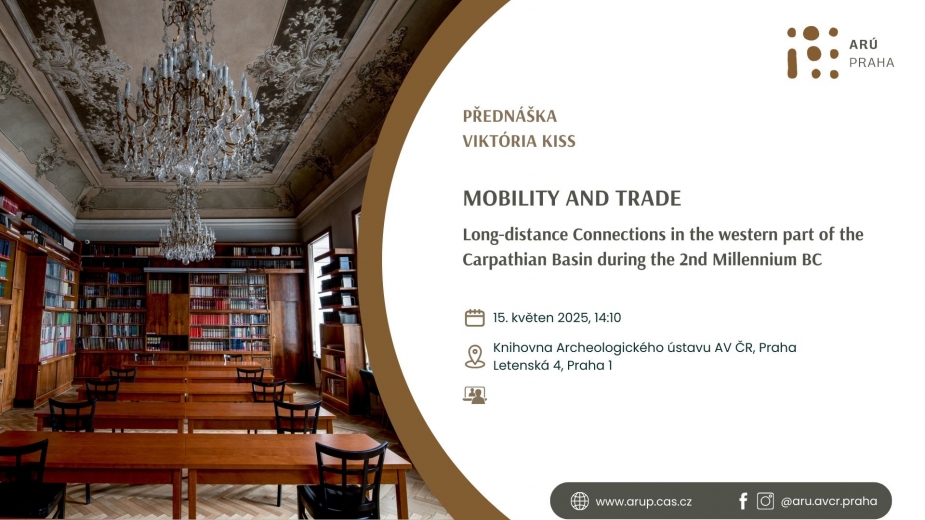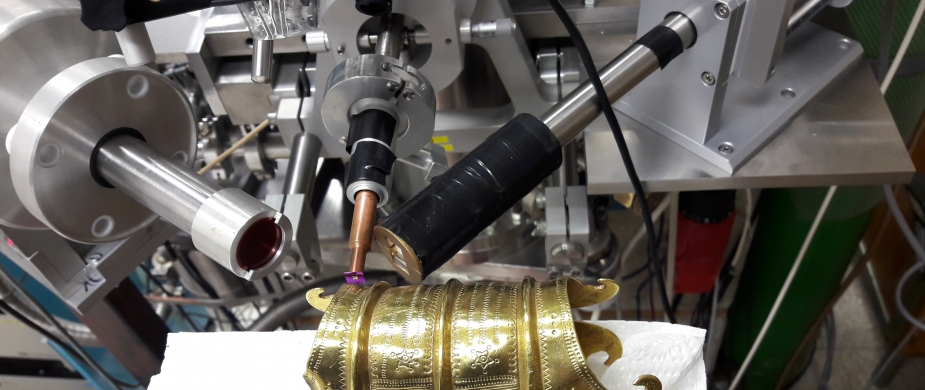ZRUŠENO – Přednáška | Mobility and Trade
Mobility and Trade: Long-distance Connections in the western part of the Carpathian Basin during the 2nd Millennium BC
Viktória Kiss (Institute of Archaeology, HUN-REN Research Centre for Humanities)
15. květen, 14:10 přesunuto na podzim 2025
Přednáška proběhne hybridně – v knihovně ARÚ v Letenské 4, Praha, a online přes Zoom.
Abstrakt:
Bioarchaeological studies, as well as archaeometallurgical analyses all confirm that the period of the 2nd Millennium BC in the Carpathian Basin and Central Europe was characterized by various connections: from individual and group mobility, partly connected to female exogamy, to trade relations. The exploitation of copper ore deposits in the Garam/Hron Valley in the north-western Carpathian mineral associations were significant driving force of exchange network in the region. Based on new results due to the analyses of the Middle Copper Age Magyaregres hoard the extraction of this fahlore metal may have developed by the turn of the fifth-fourth millennia, and in the 2nd Millennium it became the most important trade item in Central Europe, reaching the western part of the Carpathian Basin and even northern Europe and Scandinavia. In this exchange system amber and gold jewellery may have been important commodities, too. Recent case studies prove that life histories of Bronze Age individuals can reveal a more detailed understanding of network relations between various regions of Europe.

-
Pozvánka ke stažení (pdf) (6.57 MB)Stáhnout

